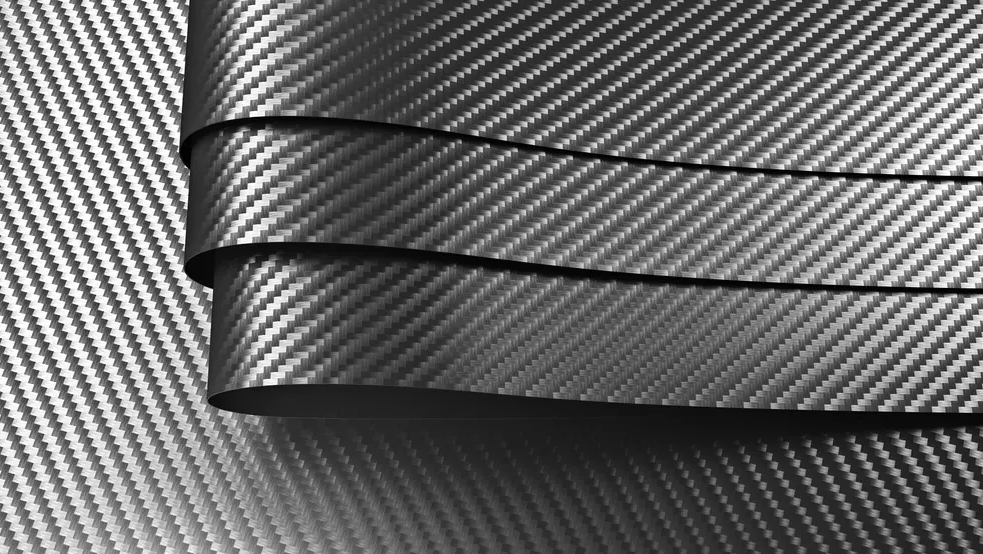Finding cost-effective ways to recycling of carbon fiber composites enables a fast-growing waste stream
(sustainabilityenvironment.com) – They are used in many industrial applications: wind turbines, hydrogen tanks, aircraft, yachts, construction and automotive. However, the recycling of carbon fiber and glass fiber composites (CFRP) is not yet a widespread practice.
Yet it would be important to intercept a waste stream that will grow in the near future. The annual accumulation of CFRP waste from the aircraft and wind turbine industries alone is expected to reach 840,300 tonnes by 2050, the equivalent of 34 full stages. Recycling methods exist, but most of this waste currently ends up in landfills in the incinerator.
According to the University of Sydney, however, there are techniques for recycling carbon fiber composites that, if fully implemented, can reduce energy consumption by 70% and avoid landfill. The researchers experienced a promising one, publishing the results on Composite Part B: Engineering.
It is based on the pretreatment of the material, scientists explain, which allows a better degradation. The team used solvolysis, a method by which materials can be broken down by applying a solvent at a specific pressure and temperature. They found that pretreated CFRP degrades at lower temperatures when it goes through the recycling process. In addition, it preserves the mechanical properties of the fibers by reducing heat consumption.
The researchers then conducted a life cycle analysis, a cost-benefit analysis and assessments of the level of technological readiness of different CFRP treatment methods: landfill, incineration, mechanical recycling, catalytic pyrolysis, oxidation, pyrolysis combined with oxidation, fluidization, electrochemical methods and solvolysis with alkali solvents and acids.
The result of solvolysis is what convinced them the most, also at the economic level. Recycled fibers obtained from pretreated CFRP retain up to 90% of their original strength. It is an excellent performance, which guarantees a material of 10% more resistance than the fibers recovered through thermal degradation alone.
According to experts, therefore, manufacturers should look beyond the continuous creation of virgin materials and develop more products recycled with this thermochemical process.

